Photos | Almost famous: Six Indian foods seeking Geographical Indication (GI)
Published on Oct 15, 2021 04:37 PM IST
- India has given out more than 370 GIs since 2003. Teas, coffees, crafts, wines, mehendi, laddoos and even haleem are protected under it. See which other produce and preparations are hoping to be on the list
1 / 6
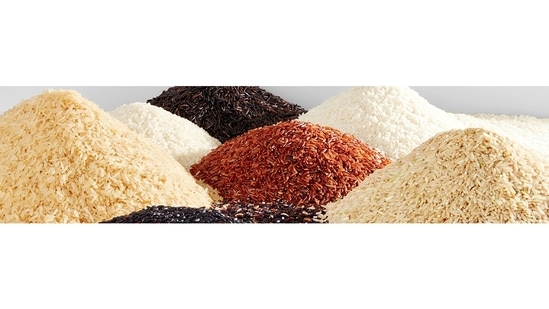
Published on Oct 15, 2021 04:37 PM IST
Red Rice; Himachal Pradesh’s red rice is a rare red-kernel variety that has been adapted over the decades to grow in cooler climates. Varieties grow in Shimla, Chamba, Kullu and Kangra districts. The grains are richer in iron and zinc than regular rice, and play an important role in local rituals. The rice is gifted at weddings and the birth of a child. This year marks the golden jubilee of Himachal’s statehood – 50 local items are seeking GI in celebration.(HT Archive)
2 / 6
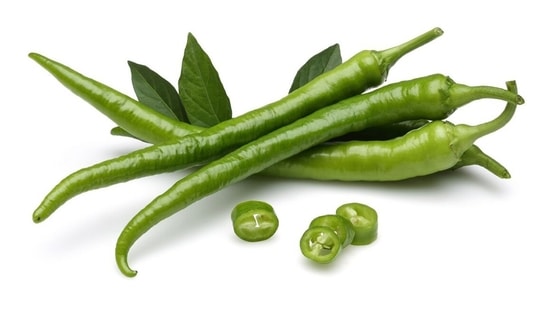
Published on Oct 15, 2021 04:37 PM IST
Odisha Kuchinda chilli: Odisha’s green and red varieties of the Kuchinda chilli employ nearly 12,000 local farmers. The chilly ripens on the plant, meaning the resultant crop yields chillies that are larger, hotter and prized in local and neighbouring regions. They are sun-dried before sale. Locals trace the crop’s origin to the reign of King Sudhaldev of Bamanda (1868-1903), a horticulture enthusiast who maintained orchards and may have developed a local chilli into a commercial cash crop.(Kuchinda Growers)
3 / 6
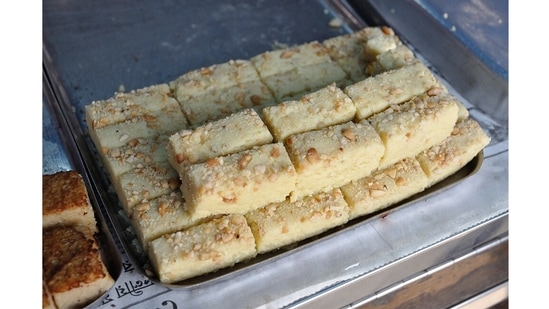
Published on Oct 15, 2021 04:37 PM IST
Sarpuria and Sarbhaja: West Bengal’s beloved sweets sarbhaja and sarpuria come from Krishnanagar. Sarbhaja or shor bhaja encases the creamy skin of milk in a baked spongy milk sandwich. Sarpuria is a creamy block, similar but fried, and is only slightly sweet. The two desserts have been made in the region for well over 150 years.(Biswarup Ganguly via Wikimedia Commons)
4 / 6
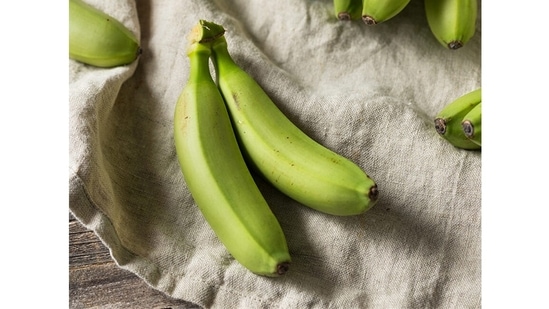
Published on Oct 15, 2021 04:37 PM IST
Matti Banana: The matti bananas from Kanyakumari, Tamil Nadu, are not only sweeter than the regular fruit, they are prized for their medicinal properties. Children are weaned off milk using the mashed banana, those convalescing are made to eat it for a dose of strength, and many local communities believe it is an essential part of the diet of anyone recovering from jaundice. Several organic growers have been cultivating the matti banana, delivering it across India.(Kumari Organics)
5 / 6
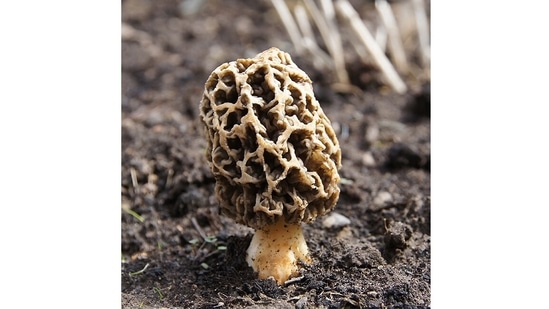
Published on Oct 15, 2021 04:37 PM IST
Kashmir Gucchi: India’s most expensive mushrooms are the wild-growing morels from Kashmir. Known locally as gucchi, they can’t be farmed. Foragers collect them as they sprout on decaying logs and tree roots between March and May. By the time the crop reaches the market, it commands almost ₹18,000 per kilo. The morels go into pulaos, accompany meat and veg dishes and have an intense flavour that commercial white mushrooms can’t replicate.(TOMMES-WIKI via Wikimedia Commons)
6 / 6
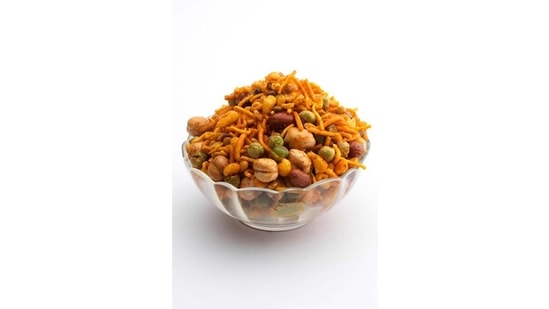
Published on Oct 15, 2021 04:37 PM IST



